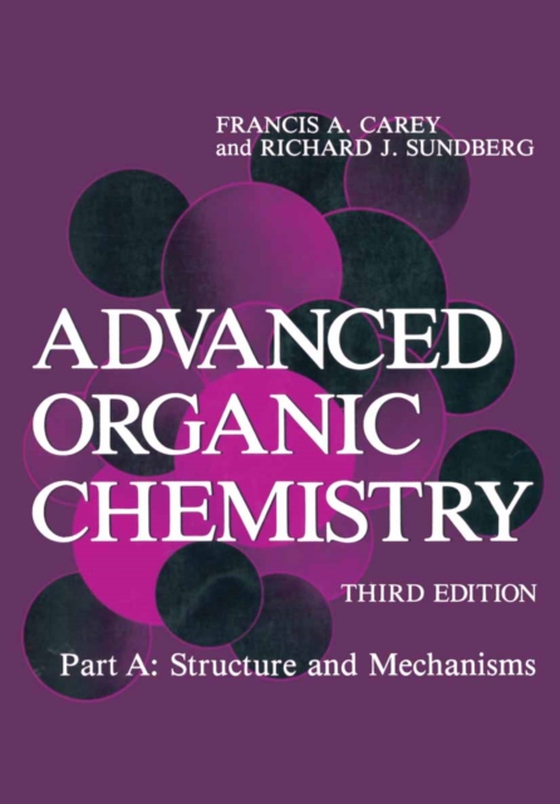
Advanced Organic Chemistry e-bog
692,63 DKK
(inkl. moms 865,79 DKK)
The purpose of this edition, like that of the earlier ones, is to provide the basis for a deeper understanding of the structures of organic compounds and the mechanisms of organic reactions. The level is aimed at advanced undergraduates and beginning graduate students. Our goals are to solidify the student's understanding of basic concepts provided by an introduction to organic chemistry and to...
E-bog
692,63 DKK
Forlag
Springer
Udgivet
11 november 2013
Genrer
PNN
Sprog
English
Format
pdf
Beskyttelse
LCP
ISBN
9781461397953
The purpose of this edition, like that of the earlier ones, is to provide the basis for a deeper understanding of the structures of organic compounds and the mechanisms of organic reactions. The level is aimed at advanced undergraduates and beginning graduate students. Our goals are to solidify the student's understanding of basic concepts provided by an introduction to organic chemistry and to present more information and detail, including quantitative information, than can be presented in the first course in organic chemistry. The first three chapters consider the fundamental topi~s of bonding theory, stereochemistry, and conformation. Chapter 4 discusses the techniques that are used to study and characterize reaction mechanisms. Chapter 9 focuses on aromaticity and the structural basis of aromatic stabilization. The remaining chapters consider basic reaction types, including substituent effects and stereochemistry. As compared to the earlier editions, there has been a modest degree of reorganization. The emergence of free-radical reactions in synthesis has led to the inclusion of certain aspects of free-radical chemistry in Part B. The revised chapter, Chapter 12, empha- sizes the distinctive mechanistic and kinetic aspects of free-radical reactions. The synthetic applications will be considered in Part B. We have also split the topics of aromaticity and the reactions of aromatic compounds into two separate chapters, Chapters 9 and 10. This may facilitate use of Chapter 9, which deals with the nature of aromaticity, at an earlier stage if an instructor so desires.
 Dansk
Dansk

